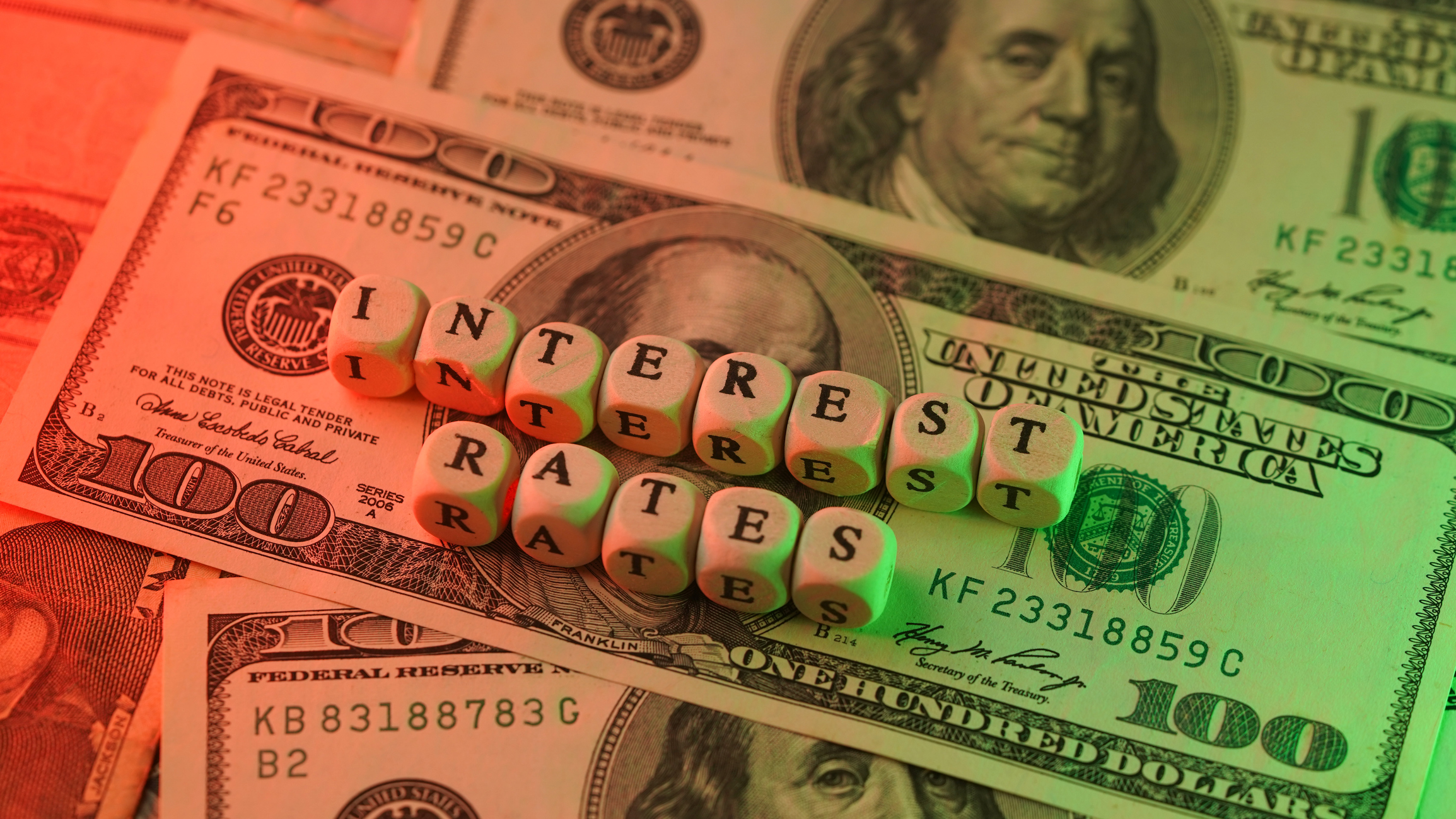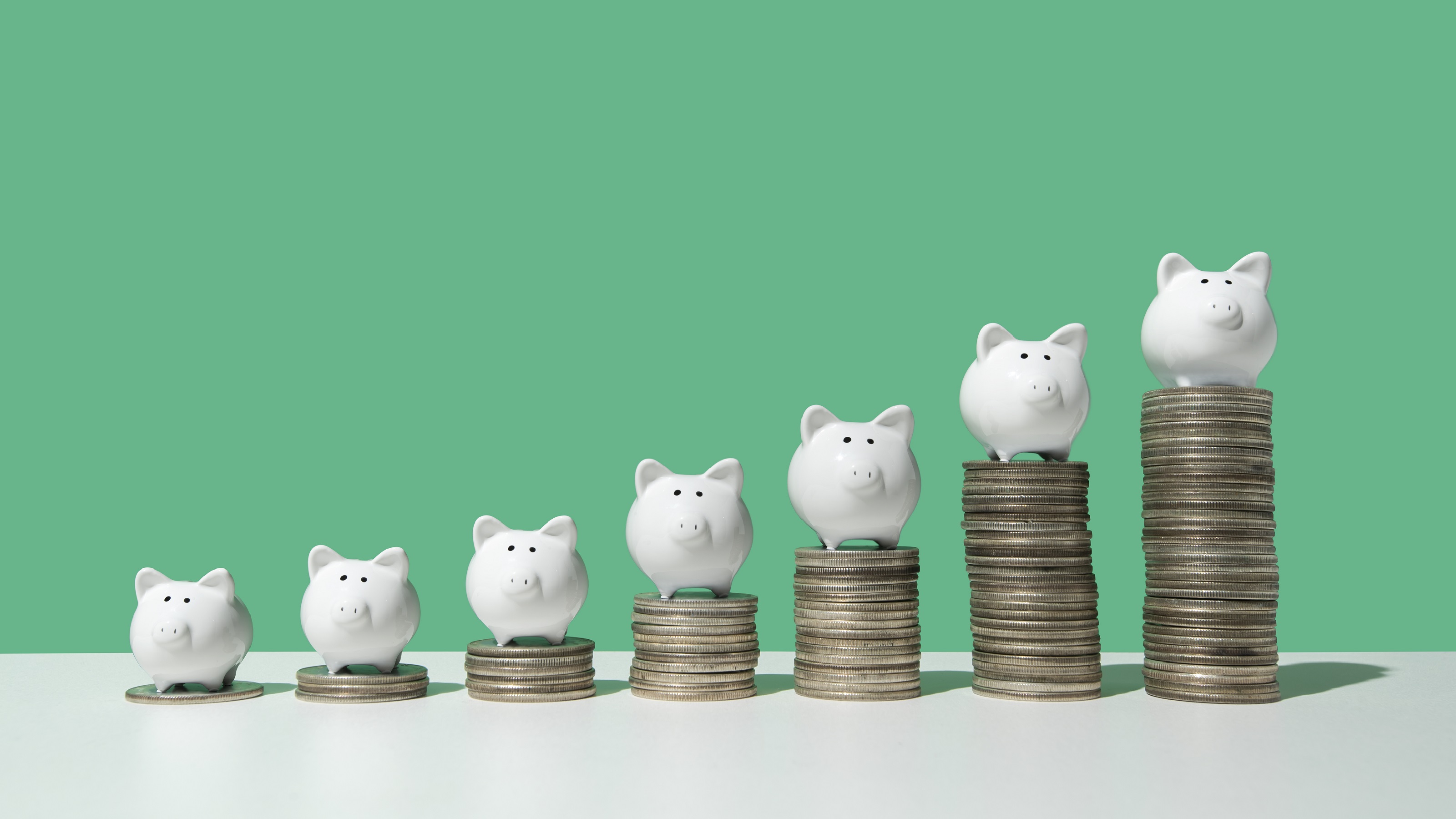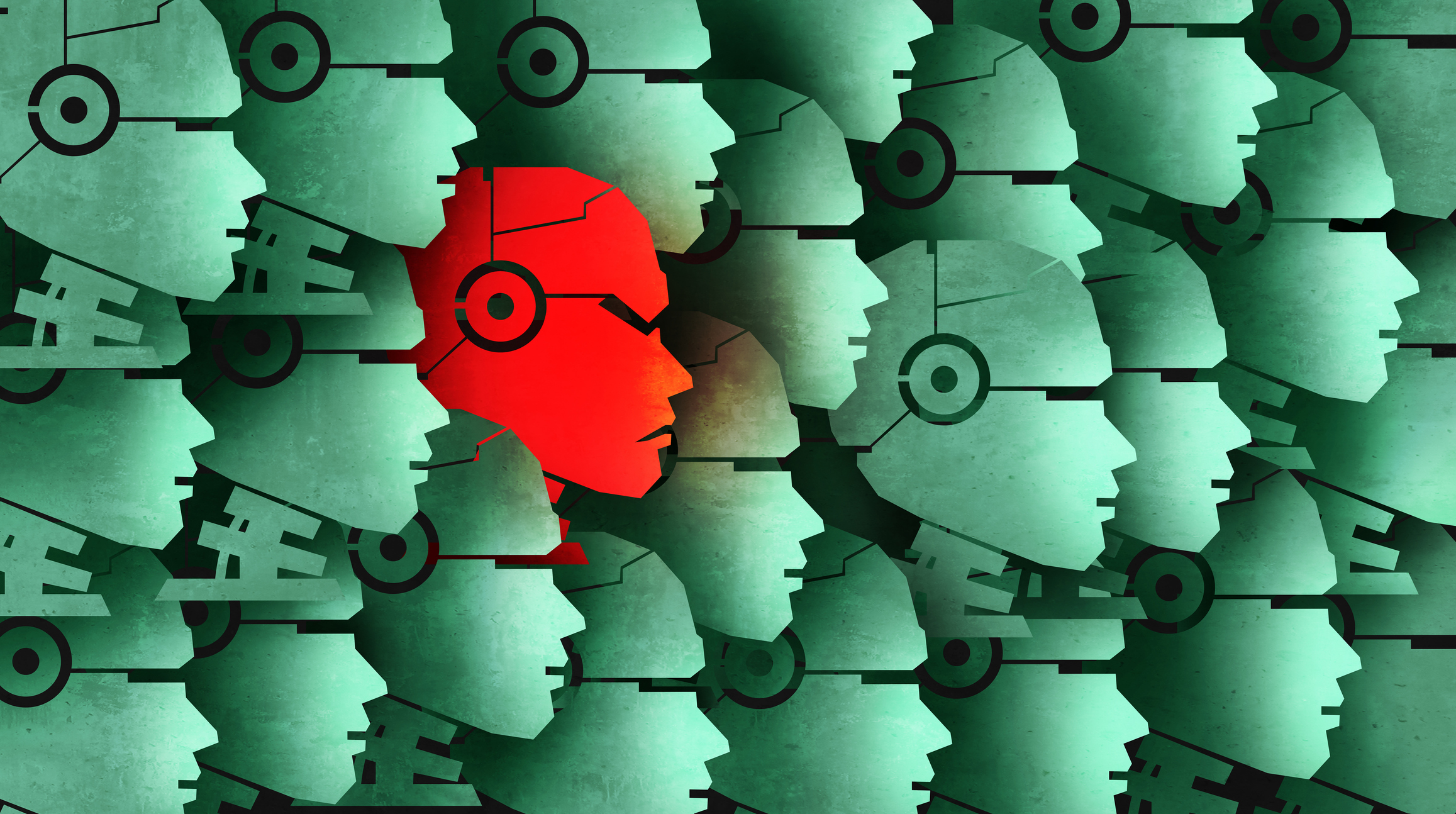More Borrowing, But Less Consumer Debt
Two-thirds of the economy comes from consumer spending, so banks making it easier for consumers to borrow is a plus for growth.

There’s good news and bad news on the consumer credit front. On the positive side, consumer lending is on the rise and will likely climb by at least 3% this year. And make no mistake, in a sluggish economy, with export growth decelerating, state and local governments cutting back and federal stimulus funds dried up, more borrowing -- and more spending -- by consumers is good news, at least in the short term.
Despite real disposable incomes that will increase by little or nothing in 2012 and actually declined last year, aggregate consumer spending will rise a bit faster than it did last year: 2.3% compared with 2.2%. That’s not the juggernaut one hopes for in a robust economy, but it beats a poke in the eye. Consumers are spending more and are once again a net positive for economic growth.
One reason for the increased borrowing: rising consumer confidence in the economy. It shot up in the second half of 2011 and is likely to trend higher this year, notwithstanding a slight dip in January’s levels. Another: Banks are finally loosening standards on car loans, credit cards and the like, though not home equity loans and cash-out refinancing of mortgages. The resulting upward bump in borrowing this year, combined with an increase last year, will be enough to offset the decline in lending in 2009 and 2010. At $2.5 trillion, overall borrowing in 2012 is expected to be on par with 2007 levels, when consumer spending was driving robust economic growth.
From just $107.88 $24.99 for Kiplinger Personal Finance
Be a smarter, better informed investor.

Sign up for Kiplinger’s Free Newsletters
Profit and prosper with the best of expert advice on investing, taxes, retirement, personal finance and more - straight to your e-mail.
Profit and prosper with the best of expert advice - straight to your e-mail.
There’s good news for long-term economic health as well. Despite the uptick in borrowing this year, aggregate consumer debt is being pared. Consumers’ debt payments fell from a peak of 14% of disposable income in 2007 to just over 11% last year -- a level not seen since the early 1990s. And less money going to service debt means more money available for consumers to spend on a new set of wheels for Mom, toys and new outfits for the kids, or the latest electronic gizmo for Dad. Not to mention summer vacations for the family.
But there is a Mr. Hyde side to the picture: Americans are only about half-done ridding themselves of unsustainable debt. Since 2008, aggregate consumer debt has fallen by 4%, to $584 billion. But it’s likely to take at least another year or two before overall consumer debt returns to the expected long-term growth trend.
And three-quarters of the decline in consumer debt has come not from paying it off, but from lenders writing it off. While the deleveraging is a critical step in getting the economy back on solid ground, the billions in bad debts that are written off in foreclosures and short sales of homes leave consumers with lousy credit records and lenders with painful losses. Neither is conducive to the kind of strong economic growth desired.
Profit and prosper with the best of Kiplinger's advice on investing, taxes, retirement, personal finance and much more. Delivered daily. Enter your email in the box and click Sign Me Up.

-
 Dow Hits New Intraday High on Fed Day: Stock Market Today
Dow Hits New Intraday High on Fed Day: Stock Market TodayNot even the most important stock in the world could keep the oldest equity index down on a significant day for markets.
-
 Savings Goal Calculator
Savings Goal CalculatorTools Want to know how much you need to save each month to reach your financial goals? Our calculator helps you build a realistic savings plan.
-
 Small Businesses Are Racing to Use AI
Small Businesses Are Racing to Use AIThe Kiplinger Letter Spurred on by competitive pressures, small businesses are racing to adopt AI. A recent snapshot shows the technology’s day-to-day uses.
-
 How AI Puts Company Data at Risk
How AI Puts Company Data at RiskThe Kiplinger Letter Cybersecurity professionals are racing to ward off AI threats while also using AI tools to shore up defenses.
-
 AI Start-ups Are Rolling in Cash
AI Start-ups Are Rolling in CashThe Kiplinger Letter Investors are plowing record sums of money into artificial intelligence start-ups. Even as sales grow swiftly, losses are piling up for AI firms.
-
 What is AI Worth to the Economy?
What is AI Worth to the Economy?The Letter Spending on AI is already boosting GDP, but will the massive outlays being poured into the technology deliver faster economic growth in the long run?
-
 Kiplinger Special Report: Business Costs for 2026
Kiplinger Special Report: Business Costs for 2026Economic Forecasts Fresh forecasts for 2026, to help you plan ahead and prepare a budget on a range of business costs, from Kiplinger's Letters team.
-
 How to Adopt AI and Keep Employees Happy
How to Adopt AI and Keep Employees HappyThe Kiplinger Letter As business adoption of AI picks up, employee morale could take a hit. But there are ways to avoid an AI backlash.
-
 AI-Powered Smart Glasses Set to Make a Bigger Splash
AI-Powered Smart Glasses Set to Make a Bigger SplashThe Kiplinger Letter Meta leads the way with its sleek, fashionable smart glasses, but Apple reportedly plans to join the fray by late 2026. Improved AI will lure more customers.
-
 Breaking China's Stranglehold on Rare Earth Elements
Breaking China's Stranglehold on Rare Earth ElementsThe Letter China is using its near-monopoly on critical minerals to win trade concessions. Can the U.S. find alternate supplies?